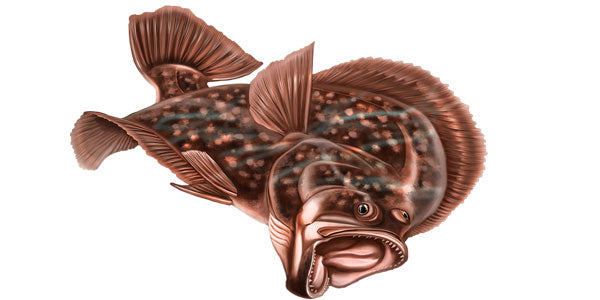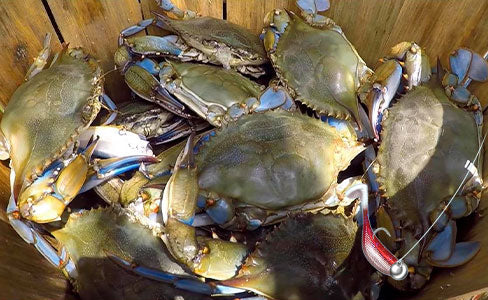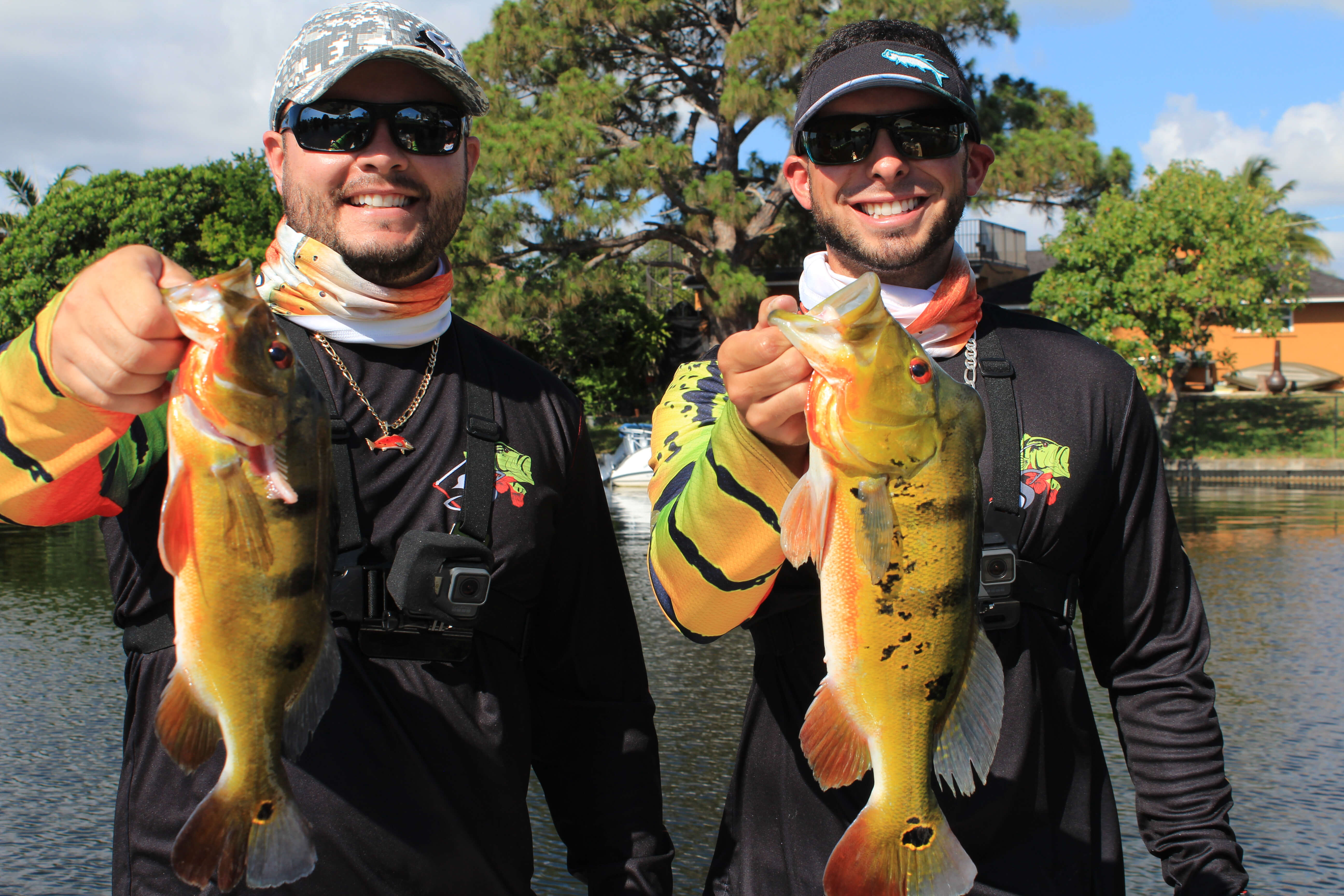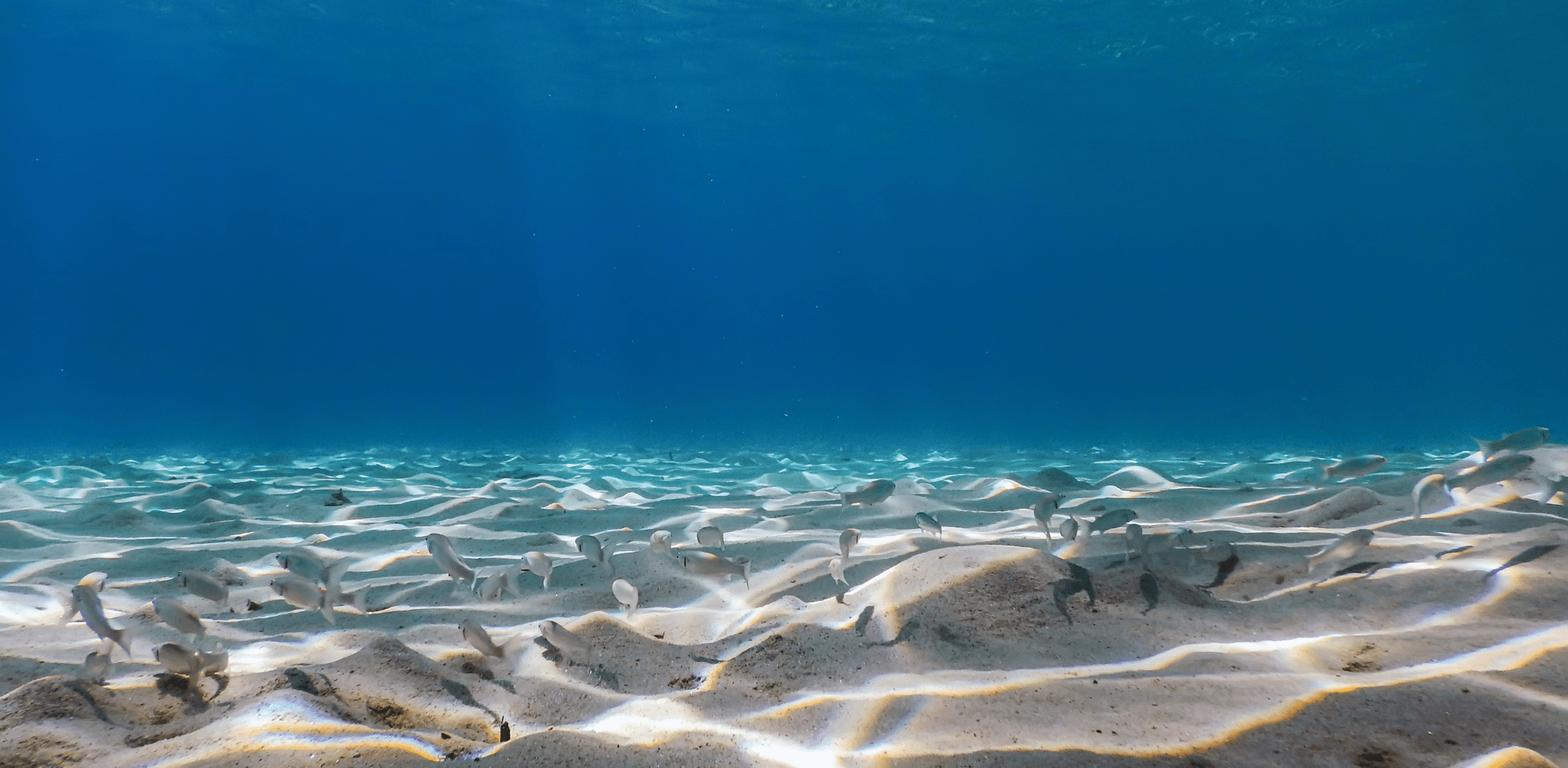
Almost anyone can fish for flounder but there is a difference between fishing for and catching flounder. Filling your cooler with keepers takes a little bit of skill, a lot of luck and most importantly the right rig. There are many ways to rig for flounder. Basically, as long as you have your bait on the bottom you are bound to eventually catch fish. But, having the best rig will allow you to stop hoping for a bite and let you start landing fish.
The Flounder Rig
Walk into any tackle shop and you are sure to find an assortment of flounder rigs. Some are pretty straight forward and probably include a couple hooks on a high/low rig – loop at top for connecting to swivel and clip at the opposite end to attach weight. Others add tubes for color, feathers or hair for action and various size hooks, but the basic design is the same. These rigs work and have been catching flounder for years, but that does not mean they are the best.
The best flounder rig is also one of the simplest. A tandem rig essentially. All you need is:
- 3-4 ft 20 lb. fluorocarbon (can use 30 lb. monofilament as well)
- 2 jigs, jig #2 slightly heavier than the other
- Bait of choice
Instructions:
This rig could not be easier to tie and can be prepared ahead of time or as needed:
- Tie a jig to each end
- Tie a loop knot 10-11” from jig #1
- Hook loop to your main line via swivel
- Tip each jig with favorite bait.
What makes this jig so much better than the others out there? Simple, the action. Other rigs present the baits in a near vertical position. Even if there are tag lines of varying lengths the baits suspend more or less one on top of the other. Plus, the weight being under the rig caused it to drop straighter and can make detecting the light bite difficult. But this rig is different. Because each jig is tied to a separate length of line they swim separately, with the lower heavier jig often drifting behind the first. This is a more natural schooling presentation that flounder are expecting. Because you are using the weight of the jig instead of a second heavier weight the flounder can be detected easier even when the bit subtle.

Bait
Flounder feed on a variety of baits including shrimp, pinfish, finger mullet and other small baitfish. Anglers without access to live bait often resort to dead shrimp and strips of squid. But there is one bait that has revolutionized flounder fishing and consistently produces more fish than anything else – the Gulp! Minnow Grub.
Gulp! baits are almost unbelievable in their ability to catch fish and the Minnow Grub has quickly earned a reputation for catch big numbers of big fish. Most devote users prefer the pearl white color but will sometime switch it up with the chartreuse. A growing number of anglers are reporting success with the orange tiger and salmon red varieties, but only time will tell if they reach the level of success the others have achieved. Regardless of what color you select the 4-inch version is best suited for most jigs. The 3 inch version is good if you want a teaser or are using smaller jigs.
Conclusion
So, there you have it, the best flounder rig and how to tie it. Plus, our tip on how to make it even better by pairing with the Gulp! Minnow Grub. Tie a few and see if your do not catch more flounder, more keeper flounder, during your next trip.
Here is a video I created on the double tandem rig, this is a perfect setup for flounder and can be tied in less than a minute. Have a look and let me know what you think down in the comments:




